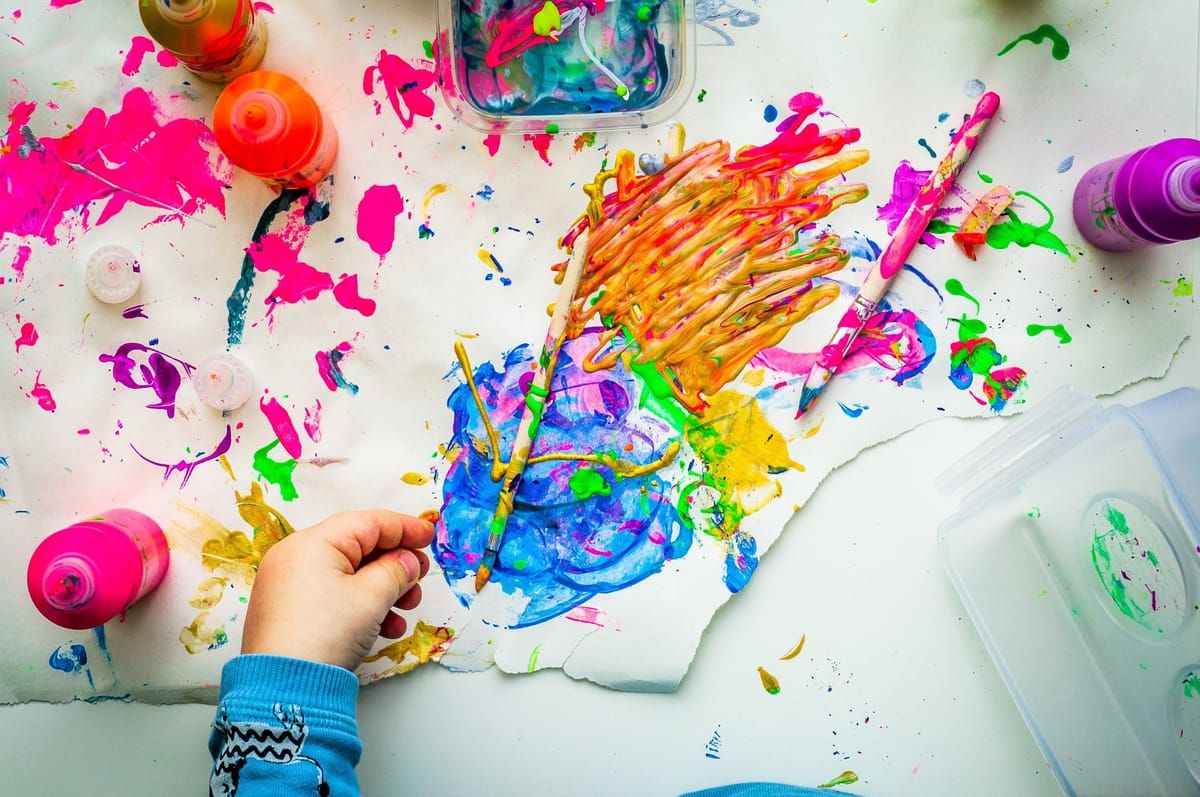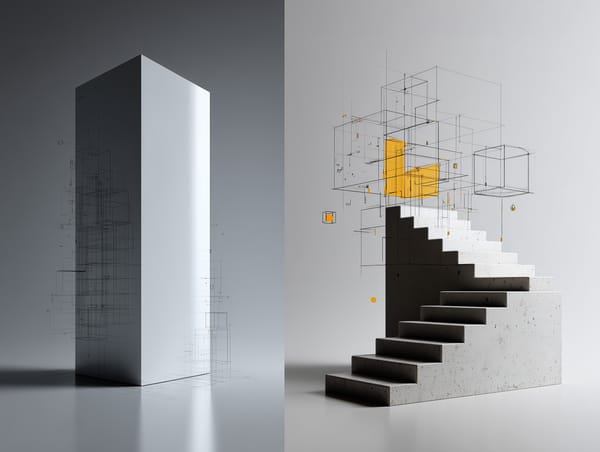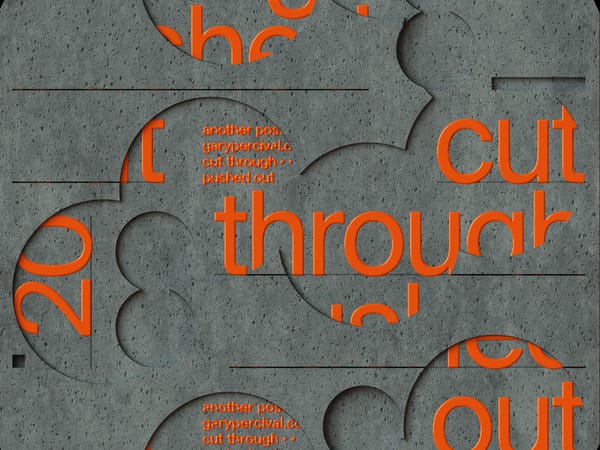Creative Thinking Isn't Just For Artists And Designers—You Can Do It Too!
In education, creativity is one of the most frequently discussed topics.

In education, creativity is one of the most frequently discussed topics.
It has evolved into a catchphrase for creative genius, creative thinking, creative writing, and creative maths, to name a few.
Creativity is critical because it enables us to devise novel solutions to problems and think creatively. However, creativity can be elusive—it's difficult to tell when you're being creative or not!
This article will discuss how to determine whether or not what you are doing constitutes creative thought, ensuring that your efforts do not go unnoticed.
Who are the creative professionals?
Professionals in the creative industries are creative thinkers, but they also face creative pressures and privileges.
Creatives are expected to be creative at all times, whether they are meeting with a client or brainstorming for a project after hours at home. They are not simply artists who can switch off their creativity when they leave work; their creativity follows them around like an obnoxious little brother who never leaves their side.
Creative professionals may have to juggle deadlines and budgets while also coming up with new ways to provide clients with innovative ideas!
The creative process
Preparation, incubation, illumination, and verification are the four major stages of the creative process.
Preparation is the stage of the creative process where your idea may come from something you've already done or experienced in the past. Following that is incubation, which occurs when your brain rests and allows ideas to percolate before being illuminated by an external stimulus or insight. Verification is the process's final step—where you decide whether or not what you've created will work for its intended purpose.
Anyone can master these steps to becoming more creative every day with practice and patience.
The creative individual
The ability to be creative is a skill that anyone can learn.
And if you can learn it, then you have the power to change your life and those of others around you.
A creative individual is a person who can think outside of their usual way of thinking to come up with new ideas. This type of thinker will explore any idea that might lead them to something they could not come up with otherwise, even if it seems like an odd or unusual idea at first glance.
Creative individuals can look at things from many different angles and perspectives, all while trying out various methods, styles, or techniques without fear that their thoughts won't work out well for them in the end.
Creative thinkers also enjoy understanding how things work. They seek out patterns, designs, and other observations that they can incorporate into their creative work or projects.
Creative thinking is not only for artists and designers; it's something that anyone can do if they put enough effort into learning how to think this way.
Thinking creatively in the classroom and at home
The process of generating new ideas is referred to as "creative thinking."
Creative thinkers are frequently artists, designers, inventors, and others who rely on innovation and originality in their fields.
However, creative thinking is critical in academia and at home with children and pets. The following paragraphs will examine both sides of this argument, emphasising the advantages and disadvantages of each setting.
In The Classroom, Creative Thinkers Are Typically Encouraged: School systems value creative thinkers because they influence how students learn through creativity rather than memorisation. They help children develop problem-solving skills, which can help them succeed in settings other than school. While there are some disadvantages, such as making it more difficult to grade students, creative thinkers are an integral part of any well-rounded class.
Parents and pet owners would be remiss if they overlooked the role creativity plays at home as well. Even small children can benefit from their parent's ability to think creatively. For example, a parent who can think of new ways to play with their child will help the child develop cognitive skills.
Creativity is also beneficial for pets. By playing with them and providing them with new toys and food, pet owners encourage their animals to be creative too.
The Benefits of Creative Thinking: Creative thinkers assist humans and animals in developing emotional bonds and critical thinking skills. They also foster an adaptive mindset, which prepares students and children for the future. Nontraditional ways of thinking can pique an individual's interest in learning.
How to maintain a creative mindset in your daily life
For some, creativity is a way of life.
They may be artists or designers who spend their days using their brains to generate new ideas. While creativity is not a full-time job for many, it is something you can do in your spare time to express yourself or simply have fun.
Whether you're a professional artist or designer or a hobbyist looking to broaden your skillset, there are numerous ways to be more creative every day.
This is how:
Step 1: Develop the Ability to Ask the Appropriate Questions
Being creative requires you to think outside the box and create something from nothing.
The most effective method for doing so is to ask yourself questions. Learning about current events in your field and then asking "why" or "how" questions can be an excellent place to begin. Additionally, you can ask "what if" questions about any problem you're working on, which will assist you in devising workarounds that avoid having to quit your job or abandon the idea.
Step 2: Develop an Eye for Patterns by Scanning Simple Things Throughout the Day
When was the last time you took a long, hard look at your surroundings?
The gum stuck to your shoe, the moth that just landed next to you or even the cracks in your ceiling may all have something to say. For instance, if the crack in your ceiling appears to be moving from left to right, there is a good chance there's a leak above you. When you begin to pay attention to the small details in your life, you will be amazed at how much you can learn from them!
Step 3: Make Friends with Other Creative Individuals
To improve at anything, it is critical to learn from others.
You can gain a lot of knowledge by joining or starting a meet-up group of like-minded individuals, especially when you're attempting to generate more creative ideas. For instance, if you're a blogger, you could connect with other bloggers on social media.
Step 4: Every Day, Teach Yourself Something New
The more you learn about something, the more proficient you will become.
When people consider learning a new skill, they frequently focus on a single skill, but there is no reason why you cannot do multiple things. For instance, if you're a writer, try your hand at drawing for a change, and vice versa! Even if your initial drawings are mediocre, they will improve over time, and acquiring a new skill will boost your confidence.
Step 5: Increase Your Flexibility by Trying New Things—Even if You're Not Sure How to Do Them at First
Creativity is all about taking risks and learning from your failures.
There is no reason why you cannot push yourself outside of your comfort zone by attempting something new. For instance, learning to dance would not only increase your flexibility but would also inspire you to think creatively, such as choreographing a line dance or writing an article about the history of tango.
Step 6: Develop the Ability to Allow Your Mind to Wander
We all have those days when we struggle to concentrate on work or even stay awake.
If this occurs to you, simply take a break and do something else for a while. It could be as simple as pausing to listen to music or going for a walk outside to allow your mind to wander freely and not become shackled to a single task.
Step 7: Develop the Ability to Allow Yourself to Make Mistakes
We all make errors occasionally, whether it's forgetting a word or misreading a line. The best part about being human is that we have the opportunity to learn from our mistakes and improve our ideas for the future. It is what distinguishes us from robots and explains why we refer to ourselves as "creative."
It's time to put aside your doubts about your creative abilities and consider how you can apply them in any field. Allow your unique creativity to shine through!
Until next time, enjoy your time as an awesome creator.



